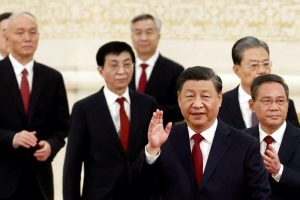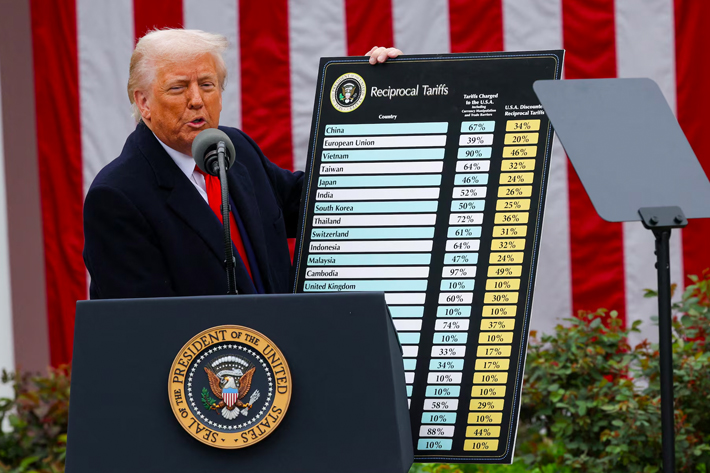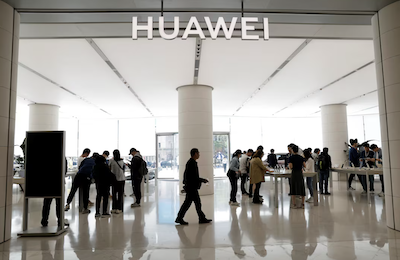(ATF) – Zhejiang province, one of China’s leading manufacturing hubs, is rebounding from the Covid-19 pandemic.
All major foreign trading firms in in the region have resumed operations, while more than 70% of foreign trading companies in other major Chinese manufacturing provinces such as Guangdong and Jiangsu have also restarted production, Li Xingqian, director of the Department of Foreign Trade of China’s Ministry of Commerce, said in an online press conference on March 5.
With various government support policies taking effect and more companies returning to work, China’s foreign trade is recovering, Li said. Although China’s exports and imports will be inevitably lower during the first quarter, the growth trend of the country’s foreign trade remains positive in the long term, Li added.
However, Zhejiang’s exports face challenges in the province’s key markets, including Europe and the US. Italy and Spain are under nationwide lockdown, while many other European countries have severely restricted cross-border travel. On March 13, US President Donald Trump declared a national emergency for his country.
Zhejiang is among the world’s most important manufacturing bases. The city of Zhuji is the world’s biggest sock manufacturing hub, producing 30% of the world’s soft footwear. Zhejiang’s exports are enhanced by its city of Ningbo, which ranks among the world’s five busiest container ports, and its proximity to Shanghai, the busiest.
In 2019, international trade grew 8.1% to 3.08 trillion yuan ($440 billion), accounting for 9.8% of China’s trade, according to official Chinese data. Trade growth of 8.1% was faster than the national 3.4 percent. The province’s exports accounted for 13.3% of the national total.
Little Risk
The province faces little economic concentration risk, thanks to its diversified economic structure, said a credit report on the Zhejiang provincial government by Pengyuan International, a Chinese credit rating agency.
Industry contributed the most to the province’s GDP at 37.62% in 2017, while the second-biggest contributor, wholesale and retail, accounted for 12 percent. Even Zhejiang’s manufacturing sector is fairly dispersed, where electrical machinery and equipment manufacturing contributed 9.84% while the automobile industry contributed 7.55% in 2017. These are the two largest industries in Zhejiang, with no single industry accounting for a double-digit percentage share.
Zhejiang’s GDP grew 6.8% to over RMB6 trillion in 2019, according to official Chinese estimates. The size of Zhejiang’s economy is similar to that of Saudi Arabia. The province’s economic growth has mostly outperformed the national average from 2014 to 2018. Zhejiang’s GDP per capita in 2018, at 98,643 yuan, was nearly 53% higher than the national average and ranked fifth among Chinese provinces.
Pengyuan’s calculations indicate the local government’s budgetary revenue per capita was 28,657 yuan in 2018, or 66.6% higher than the local governments’ average. Pengyuan expects this gap will widen in the next few years, as the province’s economy remains robust and the government’s ability to collect taxes and fees increases in the future.
Government Deficit
The provincial government has run a deficit for several years but due to its large budgetary revenue, the deficit to revenue ratio was 8.4% in 2018, lower than most Chinese provinces. Pengyuan forecast this ratio is likely to remain at similar levels over the next two to three years, due to the offset from the authority’s fiscal retrenchment policy and central government tax cuts.
The Zhejiang government’s substantial revenue has offset its huge debt. Direct debt was around 1.1 trillion yuan at the end of 2018, about 92.8% of the provincial debt ceiling set by the central government, according to Pengyuan’s report.
The report also estimates the province’s potential contingent liabilities from the local government financing vehicles (LGFVs) and state-owned enterprises (SOEs) was possibly 1.8 trillion yuan at the end of 2018.
Broad general debt has grown significantly in recent years, driven by both the expansion of direct debt and the hidden debt of contingent liabilities from LGFVs and SOEs. Direct debt grew 68% from 2015 to 2018, while hidden debt could have skyrocketed 93% over the same period, according to Pengyuan.
The government’s broad debt could have been around 2.9 trillion yuan at the end of 2018, estimated Pengyuan.
Although the government’s debt grew rapidly, its budgetary revenue grew faster, so its broad debt to revenue ratio slightly decreased between 2016 and 2018, according to Pengyuan.
Adequate Liquidity
Notwithstanding its huge debt, the government will have adequate liquidity over the next 12 to 24 months, Pengyuan predicts. The government’s liquidity condition is above the local government’s average in most liquidity indicators.
Pengyuan anticipates the Zhejiang government may have a large fiscal deposit of 211 billion yuan at the beginning of 2020, which is sufficient to cover its debt principal and interest payments in 2020, as well as part of its deficit funding requirements.
When new debt issuance and revolving debt facilities are included, the government’s liquidity come out at about average for the nation’s provinces.
Pengyuan has assigned the government’s a long-term foreign currency issuer credit rating of AA- and a long-term local currency issuer credit rating of AA, with a stable outlook.
























